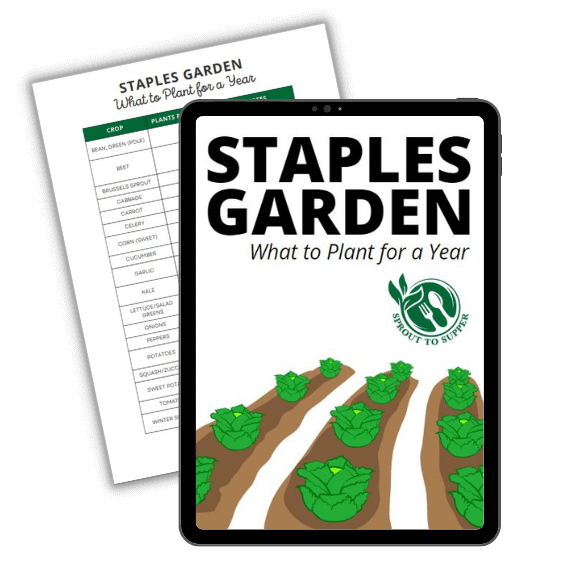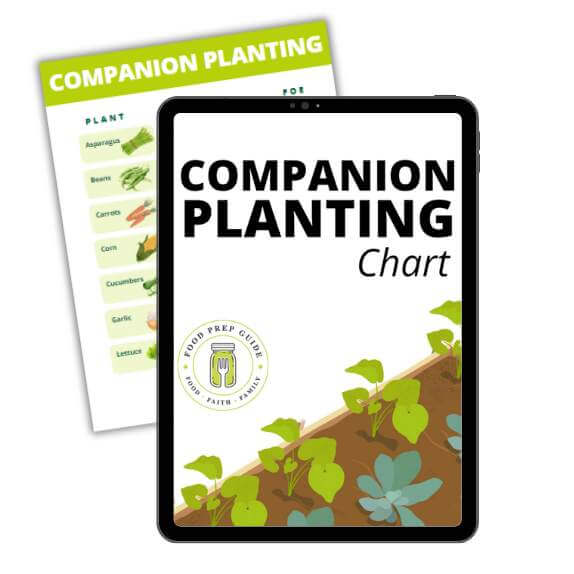When I learned that basil needed to be dehydrated using standard vegetable temperatures—instead of the temperature for herbs—I wondered why that was the case.
Turns out, for culinary purposes, basil can sometimes be considered a vegetable.
Understanding Basil
Basil is a popular herb used in various cuisines worldwide. It is a member of the Lamiaceae family, also known as the mint family.
The scientific name for basil is Ocimum basilicum.
Basil is an aromatic plant that is known for its strong and pleasant scent. It has a sweet, slightly peppery flavor that can enhance the taste of many dishes.
There are many different varieties of basil, including sweet basil, Thai basil, and lemon basil, each with its unique flavor and aroma.
Basil is easy to grow and is commonly used in home gardens. It requires well-drained soil and plenty of sunlight to thrive. Basil is a fast-growing plant that can be harvested within a few weeks of planting.
It’s a popular ingredient in Italian cuisine, where it is commonly used in pasta sauces, pizzas, and salads. It is also used in Thai and Vietnamese cuisine, where it is used to add flavor to soups, curries, and stir-fries.
Is Basil a Vegetable?
If you’re wondering whether basil is a vegetable, the answer is yes and no. Basil is an herb that is commonly used in cooking and is a member of the mint family.
While it is not a vegetable in the traditional sense, it is often used in dishes that are considered vegetable-based.
According to the US government, vegetables can be divided into three types:
- colorful vegetables
- starchy vegetables
- and “other” vegetables
Basil falls into the category of “other” vegetables, which includes herbs, spices, and other plant parts that are used for flavoring.
So, while basil is not a traditional vegetable, it is often used in vegetable-based dishes and falls into the category of other vegetables.
Varieties of Basil
Here are some of the most popular types of basil:
-
Sweet Basil: This is the most common variety of basil and is often used in Italian cuisine. It has a sweet, slightly peppery flavor and pairs well with tomatoes, mozzarella cheese, and pasta dishes.
-
Lemon Basil: As the name suggests, this variety of basil has a citrusy flavor and aroma. It’s a great addition to salads, seafood dishes, and cocktails.
-
Thai Basil: This type of basil is commonly used in Thai and Vietnamese cuisine. It has a spicy, licorice-like flavor and pairs well with spicy curries and stir-fries.
-
Cinnamon Basil: This variety has a warm, spicy flavor that is reminiscent of cinnamon. It’s a great addition to desserts, teas, and spiced drinks.
-
Holy Basil: Also known as Tulsi, this variety of basil is often used in Ayurvedic medicine. It has a strong, peppery flavor and is believed to have many health benefits.
-
Genovese Basil: This variety of basil is commonly used in Italian pesto sauce. It has a sweet, slightly spicy flavor and pairs well with tomatoes, garlic, and olive oil.
Culinary Uses of Basil
Basil’s sweet and slightly peppery flavor makes it a popular choice for adding depth to sauces, salads, and soups.
Here are some delicious ways you can use basil in your cooking:
-
Pesto: One of the most popular uses for basil is in pesto. This Italian sauce is made by blending fresh basil leaves with garlic, pine nuts, Parmesan cheese, and olive oil. It’s delicious served over pasta, as a sandwich spread, or as a dip for vegetables.
(Try these tips to keep your pesto bright green.) -
Salads: Basil can add a fresh and aromatic flavor to salads. Try tearing up a few leaves and tossing them with mixed greens, tomatoes, and cucumbers. You can also use basil to make a simple vinaigrette by blending it with olive oil, vinegar, and a pinch of salt.
-
Sauces: Basil is a key ingredient in many classic sauces, such as marinara and tomato sauce. It can also be used to add flavor to cream-based sauces, like Alfredo.
-
Fresh Basil: Fresh basil is a great way to add flavor to a dish. It’s best to add it towards the end of cooking, as heat can cause it to lose its flavor. You can also use it as a garnish for soups, stews, and pasta dishes.
-
Dried Basil: Dried basil can be used as a seasoning for many dishes. It’s especially good in tomato-based sauces and soups. To dry basil, hang it upside down in a cool, dry place until it’s completely dry. You can also dry basil in a dehydrator (here’s how). You can then store it in an airtight container for up to a year.
-
Freezing Basil: You can freeze fresh basil to use later. Simply wash and dry the leaves, then place them in a plastic bag and freeze. You can then use the frozen basil in sauces and soups.
Growing and Harvesting Basil
Planting Basil
Basil is a warm-season crop that requires full sun and well-drained soil. You can plant basil in the ground or in containers.
If you are planting basil in the ground, make sure the soil is moist and well-drained. If you are planting basil in a container, use a potting mix that is well-drained and rich in organic matter.
To grow basil from seed, plant the seeds in moist soil and cover them with a thin layer of soil. Keep the soil moist and warm (around 70°F) until the seeds germinate. Once the seedlings have grown a few sets of true leaves, thin them out so that each plant has enough space to grow.

Dream of Filling Your Pantry with Homegrown Staples?
Plan your garden with our FREE PRINTABLE—Staples Garden: What to Plant to Feed Your Family for a Year!
Growing Basil
Basil plants require regular watering and fertilization to grow well. Water the plants deeply once a week, or more often if the soil is dry. Fertilize the plants with a balanced fertilizer every two weeks.
Prune the basil plants regularly to encourage bushy growth and prevent them from becoming too leggy. Pinch off the top of the stem to encourage branching.
Here are some tips to keep your basil from bolting.
Harvest the leaves regularly to encourage the plants to produce more leaves.
Harvesting Basil
Harvest basil leaves when they are young and tender. Pick the leaves in the morning when the plants are dry. Cut the stems just above a set of leaves to encourage branching.
To dry basil, hang the stems upside down in a warm, dry place until the leaves are dry and brittle. You can also freeze basil by chopping the leaves and packing them into ice cube trays with a little water.
With a little care and attention, you can enjoy fresh basil all summer long—regardless of its vegetable classification status. 😉











